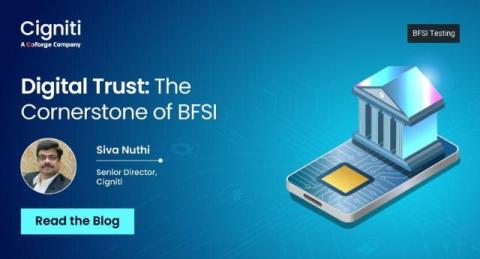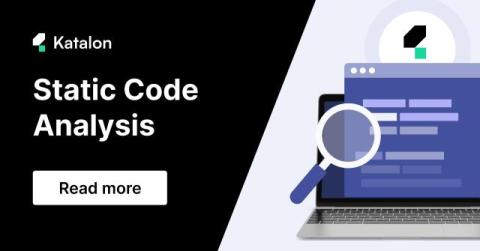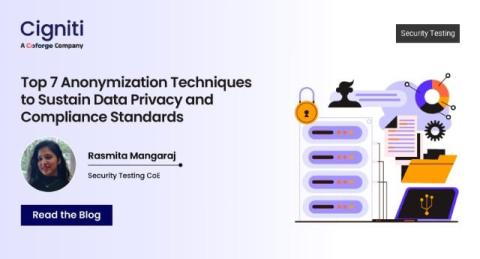The Critical Role of API Security in the Internet of Things (IoT)
From smart homes to wearable devices to connected cars, the Internet of Things (IoT) is bringing about a new era of hyper-connectivity. Experts expect investments in the IoT ecosystem to rise above $1 trillion in 2026 — with no signs of slowing down. Application programming interfaces (APIs) are the backbone of IoT, ensuring scalability and security across billions of connected devices.











